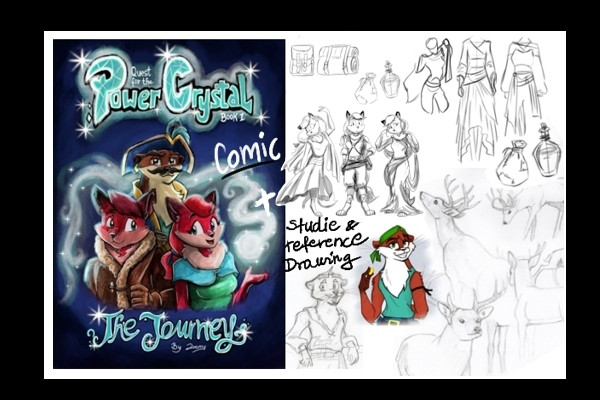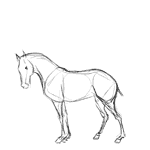HOME | DD
 CapaillUisceAdmin — Fleabitten Gray
CapaillUisceAdmin — Fleabitten Gray

Published: 2023-07-12 15:02:57 +0000 UTC; Views: 91; Favourites: 2; Downloads: 0
Redirect to original
Description
Genotypes: GG or GgGray lightens the horse's coat as it ages, until it is pure white (usually by the time the horse turns 20, as Capaill Uisce live for a very, very long time) Shown above is a typical example of an average adult Capaill Uisce, though grey is known to express in multiple ways. Grey can sometimes fail in one of multiple ways. It may leave a part of the coat completely unaffected, known as a bloodmark, or it may suddenly stop affecting the coat, leaving it partially greyed out. It can also fail after the coat is completely greyed out, letting freckles of color back into the coat, which is known as a "flea-bitten" grey. Grey on Capaill Blue tends to produce a speckling effect not unsimilar to varnish roan, and is referred to as 'slate blue'. A liver-chestnut Capaill Blue horse with grey or roan is commonly called a 'plum'.
Base color: Any
Modifying Genes: none
Expressions of Gray:
Horse's body gradually and evenly begins to lighten in color, usually leaving the legs and head last. The difference between grey and roan is that the color takes on a distinct grey shade, rather than simply interspersing white hairs to lighten the overall color, and may cause dappling or uneven greying. It also affects the mane and tail, which roan does not.
Genes that mask grey (will still be carried):
Barracuda
Capaill Red
























